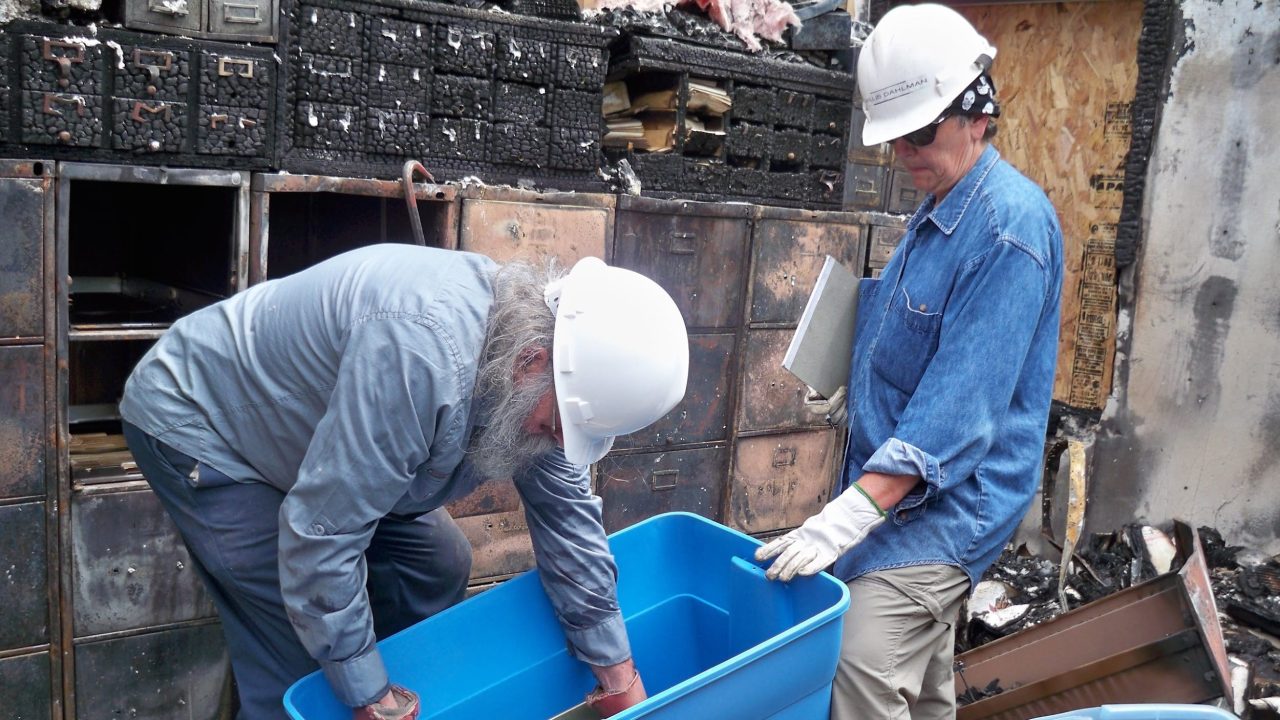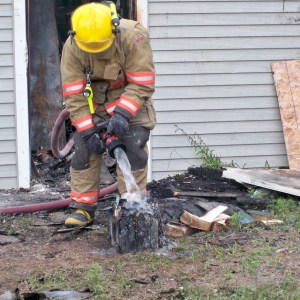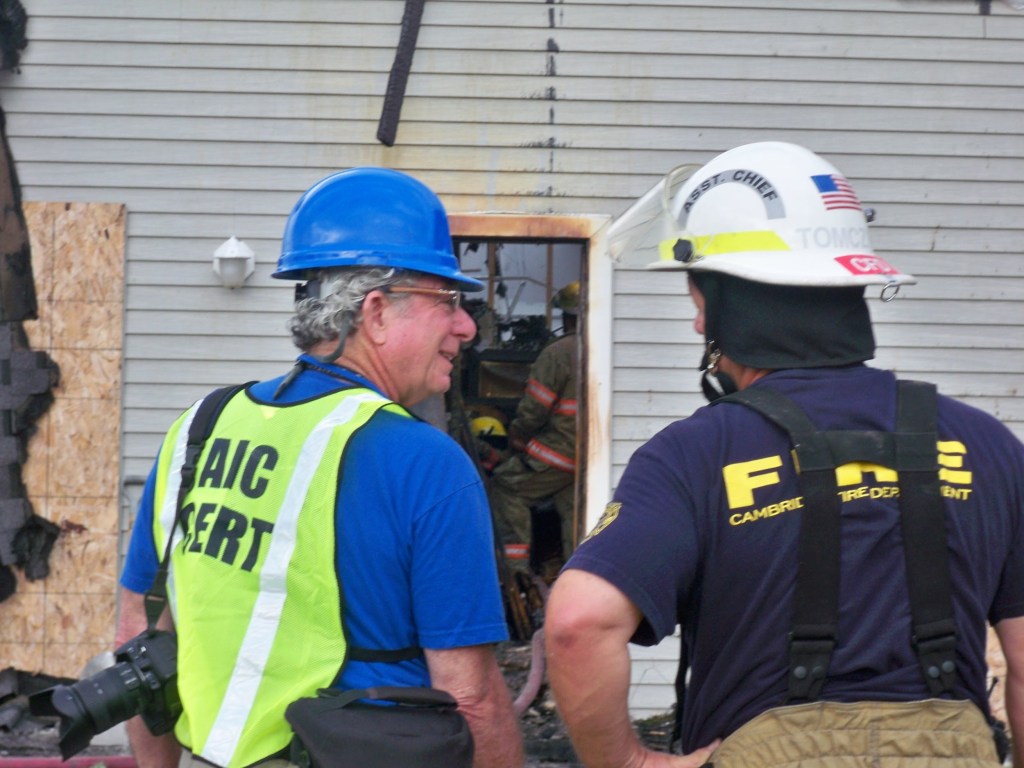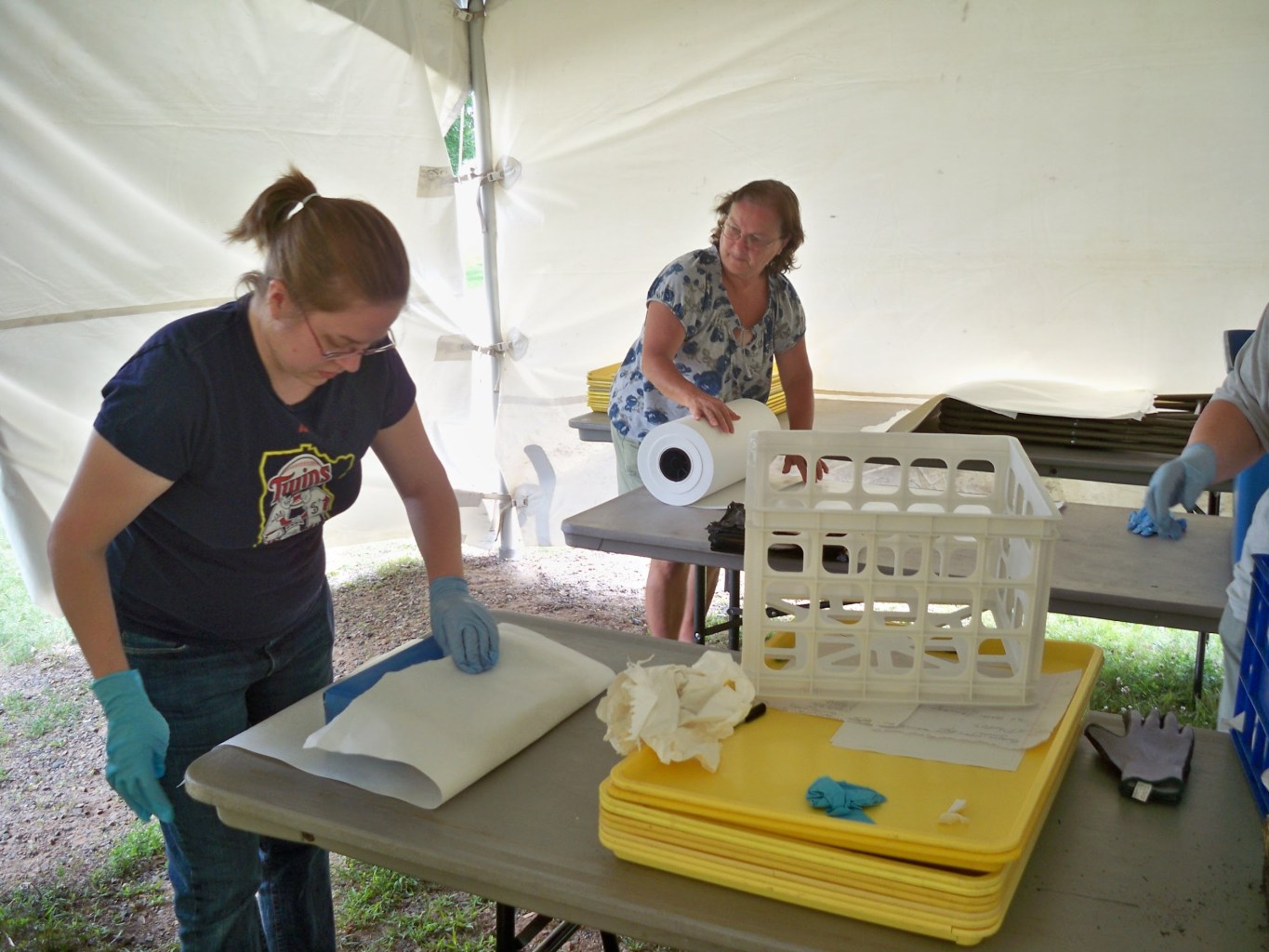
Since 1981, the Museum Assessment Program (MAP) has been assisting small and mid-sized museums in their quest to achieve best practices and national standards. The process begins with an application to AAM for one of the assessments, followed by a self-study evaluation and an on-site visit by a peer reviewer. As a peer reviewer, I have assisted a number of museums through the MAP program. After an intensive on-site visit, the peer reviewer submits a final written report emphasizing the strengths of the museum and where improvements are needed. The museum uses the report, with its recommendations, for strategic planning. The ultimate goal is to strengthen the museum to better serve its constituents and communities. All of this revolves around the museum’s mission statement and the implementation of that statement. A core area for measuring how successfully the museum implements its mission is disaster preparedness and emergency response, the two areas I will share tips on in this post.
When I began to write this piece, I concentrated on the fiduciary responsibility museums and museum staffs have to hold their collections in public trust, and how part of that trust is ensuring a safe environment for the collections, staff, and visitors. But I was struggling with how to include all the necessary documents, instructions, and scenarios for disaster preparedness and emergency responses. The words were difficult to come by, and the more I tried the worse the piece began to sound. I then called upon a colleague and dear friend of mine to get his opinion. I read what I wrote, and he listened appreciatively. I expressed my concern the piece sounded too academic, and more like a report. His reply was, “Don, remember when you were recruiting me to be a MAP peer reviewer?” I said, “Yes, I do.” He said, “You gave me a piece of advice I have never forgotten. You said, ‘Keep it simple and keep it practical.’ You have forgotten your own advice.”
That cleared the mental log jam, and gave me a fresh start. Of course, we know what our responsibilities are as museum professionals: the safety of our collections and the physical safety of staff and visitors. Many books, articles, and other sources of information on disaster preparedness and emergency response are available on AAM’s website as well as the websites of other professional associations.
Most of the MAP assessments I conduct are for small and midsize history museums, historic sites, and house museums located in small communities; communities where everyone pretty much knows everyone else. For museums like this, planning for a disaster is often a question of resources. For that reason, rather than dwell on the particulars of what makes a good plan, I will concentrate on how to acquire the resources to execute one if necessary, particularly if the museum is on a limited budget in a small town.
Skip over related stories to continue reading articleThe list of potential emergencies and disasters is far greater than the space allowed for in this piece. The sections below represent common emergencies and disasters I have reported about in my assessments.
Water
Water, or the threat of rising water, is a concern for many museums. The threat may be a nearby river, heavy downpours, or a burst pipe. If there is a nearby cold storage/freezer facility, become friends with the owner or manager. They could provide free freezing services to preserve wet documents until proper conservation is arranged.
If your facility is in a flood-prone area or an area susceptible to hurricanes, take proactive preparatory measures before disaster strikes. Purchase heavy-duty plastic sheeting in rolls. You can cut rolls of this heavy sheeting to fit over collection storage shelving. Your local home improvement store may donate these rolls or sell them to you at their cost.
While at the home improvement store, talk with the owner or general manager to arrange for sand and sandbags. Again, these items may be donated or sold at cost to your organization. Take the time now to fill the sandbags, staging them near doors to prevent flood waters from entering your building.
If your facility is in a hurricane zone, measure the windows and buy sheets of plywood to fit each window, as well as screws. Mark each board with the window it fits and keep a record of which board fits which window. Hurricane warnings are usually given with enough time to board up the windows and place sandbags at the doors. The ideal hurricane protection would be to install hurricane shutters.
In a hurricane-prone area, purchasing a generator would be a wise investment. A backup source of electricity is necessary if the power goes out for an extended period of time. The generator will keep the temperature and humidity levels stable enough to prevent damage to the collection from mold and mildew. You could approach a board member to offset the cost of the generator.
Become acquainted with local merchants who receive shipments in boxes. Ask them to give you the boxes for use as temporary storage of artifacts after a disaster. The boxes will not be acid-free, but they will only be used for a short duration as the collection status is determined. Your local moving and storage company may supply boxes as well as temporary storage space, if needed.
Earthquakes
If you are located in an earthquake-prone zone, survey the collection storage area to determine if the shelving and the artifacts placed on it would be susceptible to damage. Consult with your local emergency personnel to determine the best way to store the artifacts. This may mean lowering the shelf height, or placing significant artifacts at a lower level or in a special room isolated from the rest of the collection.
Human Error
While water damage is the number one potential disaster, the next-most-likely emergency is a visitor or staff member injuring themselves or needing medical attention. At least one staff member who is authorized to call emergency personnel must be on-site during all hours the museum is open, including public and non-public hours.
An incident report needs to be completed as soon as possible after the accident or injury. This report should include the name, address, phone numbers (home, work, and cell), and email address of the injured party, as well as the date and time of the incident, what happened, and the names and contact information of any witnesses. The staff member completing the report should sign and date the report, and electronically send a copy to the museum’s insurance carrier or agent.
First Aid
Staff and volunteers need to be trained in first aid, CPR, and the use of a defibrillator. Perhaps a board member could provide the funds necessary to purchase the defibrillator and stock the first aid kit.
Contact the local American Red Cross office for classes on first aid, CPR, and the use of the defibrillator. The Red Cross may offer these classes at no charge to the museum.
Fire
The greatest potential disaster your facility and collections face is fire. Every staff member, volunteer, and board member needs to be familiar with the written evacuation plan for the building in the event of a fire. Fire drills should be conducted on a regular schedule to practice evacuating the building and accounting for everyone in the building.
Contact the local fire department and give the firefighters on every shift a tour of your facility. The tour should cover the entire building, including public, administrative, collections storage, and exhibit prep and shop areas. Tell the firefighters the most significant artifacts, documents, photographs, or paintings, and where are they located. Make sure the fire chief and fire marshall join the tour, so they can direct firefighters to these critical areas of the museum. Keep in mind that water-damaged artifacts and documents can be restored.



Disasters and emergencies are circumstances we do not like to think about. They are the unthinkable. However, we must face the reality that they are bound to happen, and we need to be prepared to handle them.









Comments